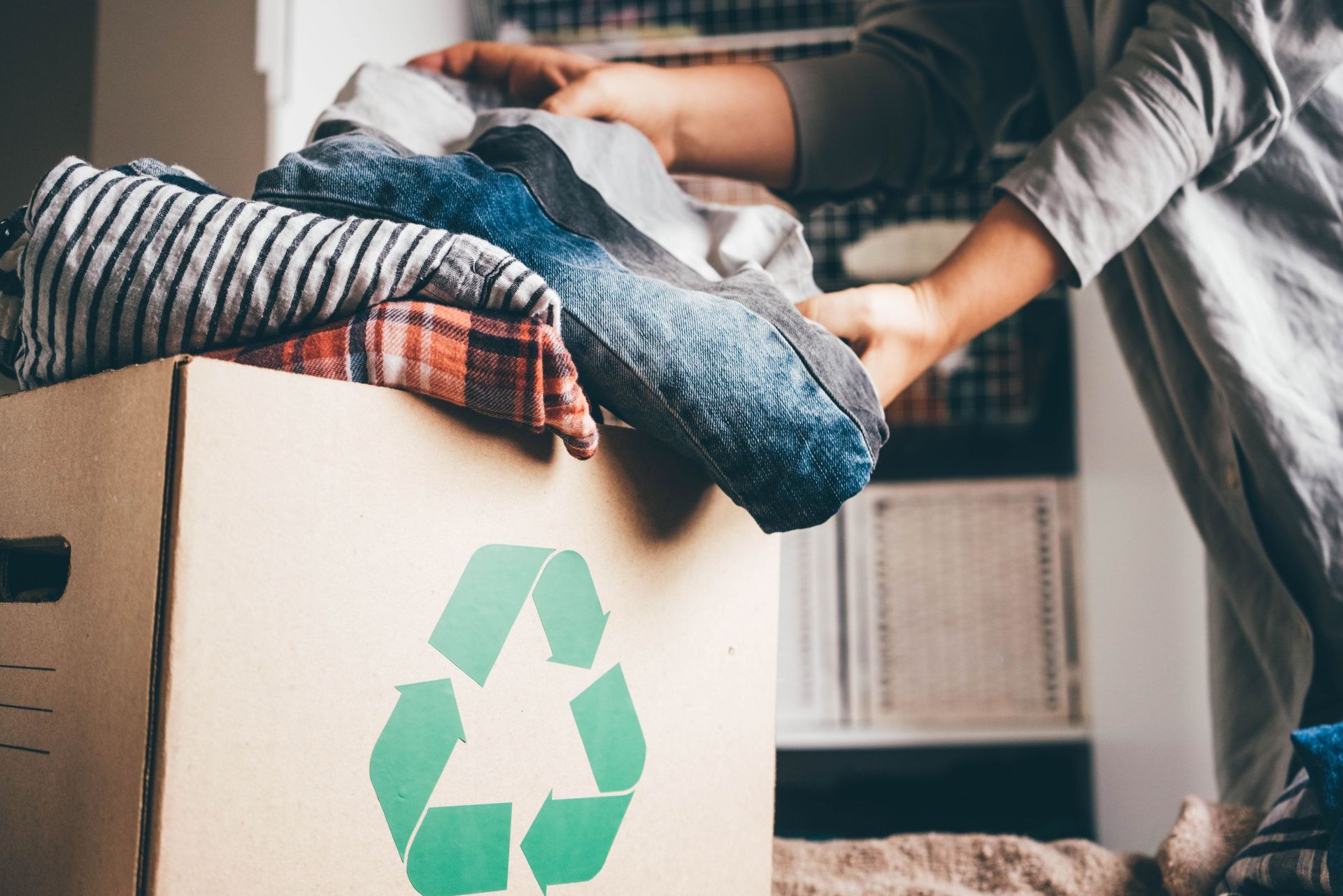Make Your Own Impact: A Guide to Personal Climate Action
By: Bethany Mashini
04.04.2023
Your actions make an impact toward a healthier community and a more sustainable planet. Regardless of where you are on your journey towards more sustainable living, My Green Earth is here to provide the resources you need.

1. Evaluate Your Potential
Before getting started on detailed actions you can take, get to know these resources:
- Complete an online Carbon Footprint Calculator, such as the simple one available at Conservation.org/carbon-footprint-calculator
- Request a free home energy audit from your electricity provider, or complete your own audit using an online resource such as www.energystar.gov/campaign/assessYourHome
- Search your address at Google's Project Sunroof to see if installing rooftop solar is right for your home. https://sunroof.withgoogle.com/ Note, Project Sunroof is a useful resource for determining how much sun your roof gets, but we do not advise using all of the information on this website such as estimated net savings because it is inaccurate in some cases. Contact a reputable solar installation company for accurate estimated net savings information.
2. Energy Impact
When replacing lightbulbs, buy LED bulbs, which use 75% less energy and last 25 times longer than traditional incandescent bulbs. How many incandescent vs LED lightbulbs do you have in each room of your home? Take an inventory and be prepared to buy LED next time you replace each bulb.

3. Recycling: Setup for Whole Home Recycling
- Place small recycling collection bins where they are most accessible in addition to a large bin in the kitchen, such as in each bathroom and in the laundry room.
- For items that are not recyclable in your curbside bin, place bins in garage or somewhere to collect over time and bring to recycling facility.
- Collect all soft plastics such as bread bags, produce bags, dry-cleaning bags, bubble wrap and bring them to your grocery store drop-off bin.
- Rinse and collect all styrofoam such as to-go containers and cups and bring to your grocery store drop-off bin.
- Metal, batteries, ink cartridges and electronics are all recyclable. Search to find a drop-off location near you.
- Textiles (old socks, stained clothes, etc) and worn shoes are all recyclable. Search to find a drop-off location near you.

Food Impact
The food we eat, and how much we throw away, has an impact on the environment.
- When possible, purchase food from local sources. Locally grown food has a lower carbon footprint and supports our local food systems.
- Increase the amount of plant-based food you eat and decrease the amount of animal-based food. A plant-forward diet has about half the carbon footprint of animal-based alternatives.
- Compost your excess fruits, vegetables, coffee grinds and tea bags in your backyard or find a compost drop-off site near you.
- Reduce the amount of food you throw out by buying less, using food past the expiration date if edible, and eating leftovers.

Cleaning Impact
Form Green Laundry Habits
- Wash clothes in cold water when possible to minimize energy needed to heat the water.
- Hang dry clothes when possible rather than using a dryer. In addition to saving electricity, your clothes will last longer.
- Use wool dryer balls instead of liquid fabric softener or dryer sheets - not only are they reusable, they reduce drying time.
Buy Eco-Friendly Cleaning Products
- Buy eco-friendly cleaning products including laundry and dishwasher detergents. Concentrated detergents to include pods and sheets have a smaller carbon footprint.
- Buy cleaning products sold in 100% recyclable packaging, preferably cardboard or aluminum.
- Use rags instead of paper towels to clean throughout the home. Cut old t-shirts and other textiles to use as rags.




